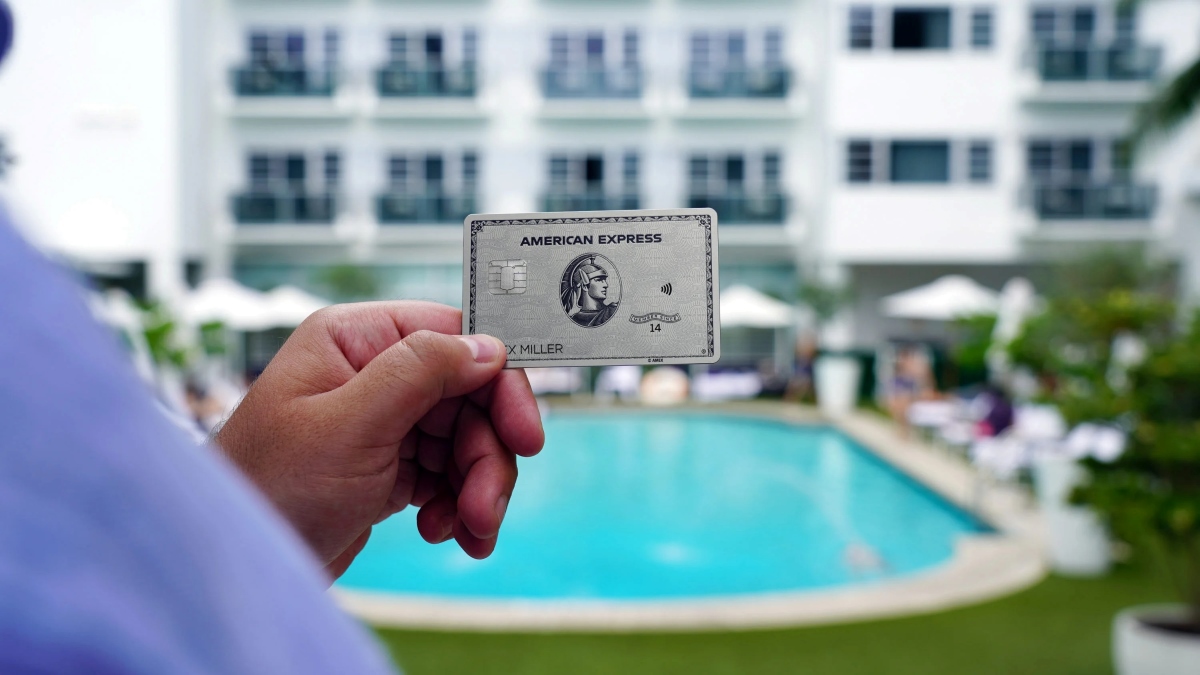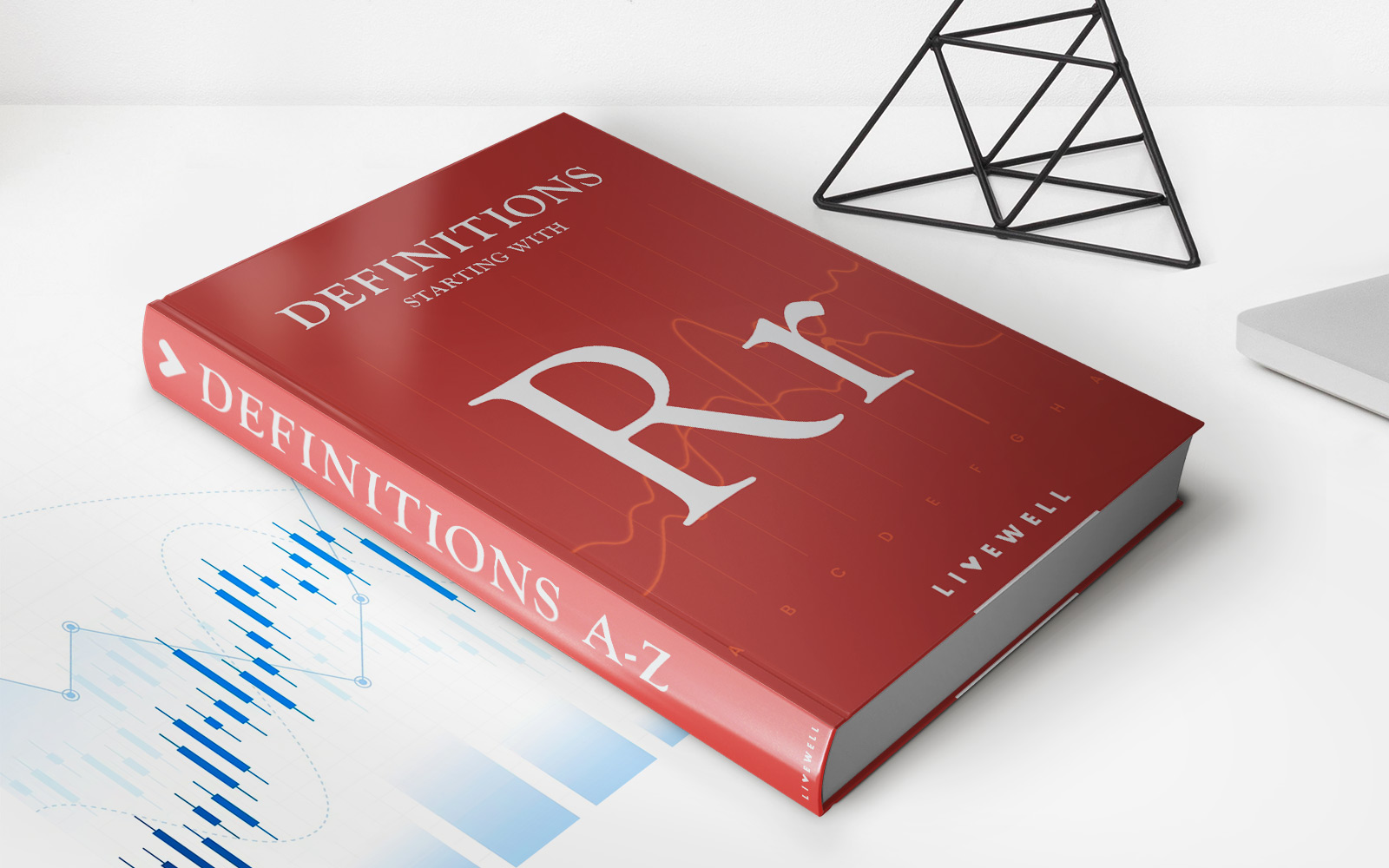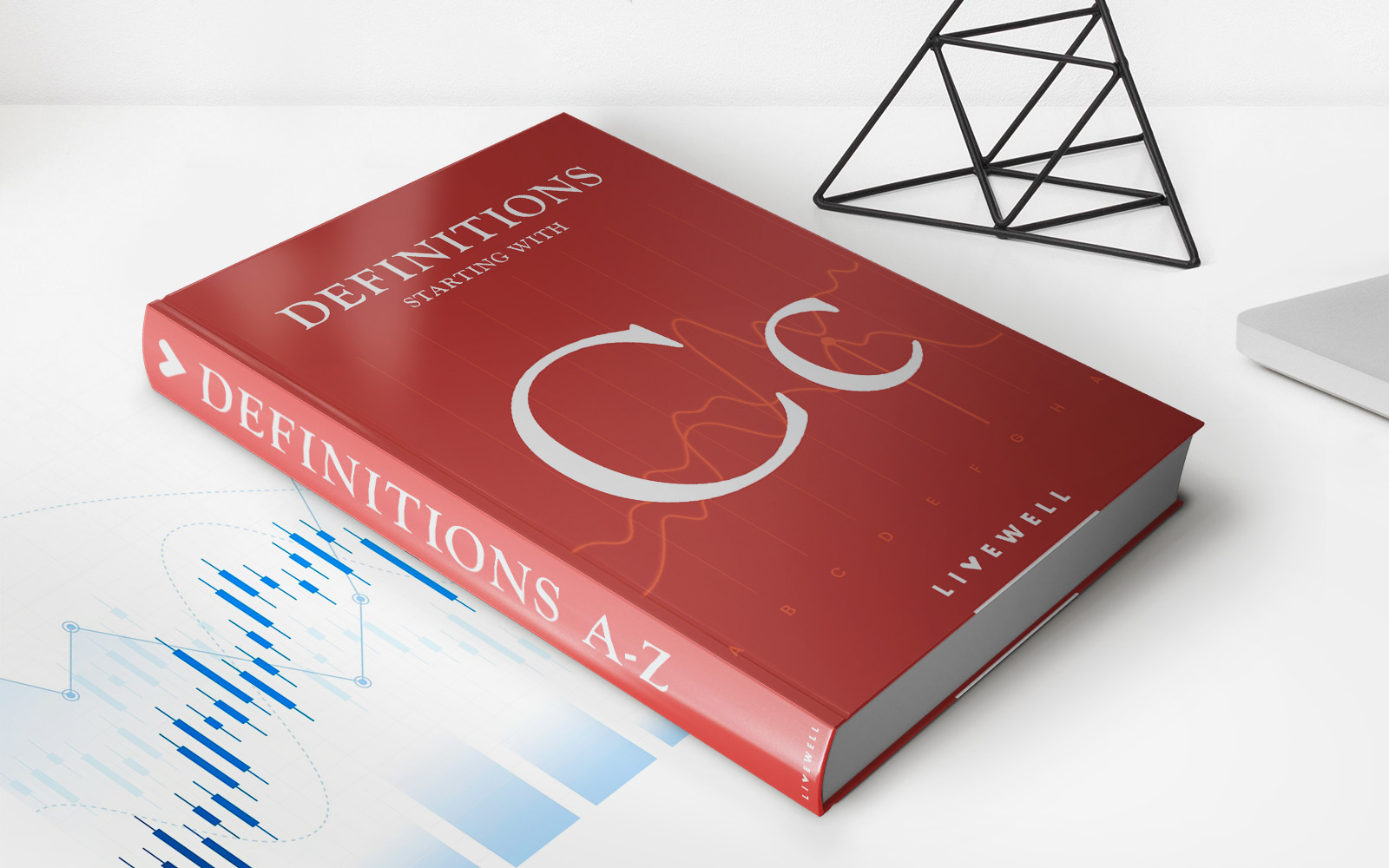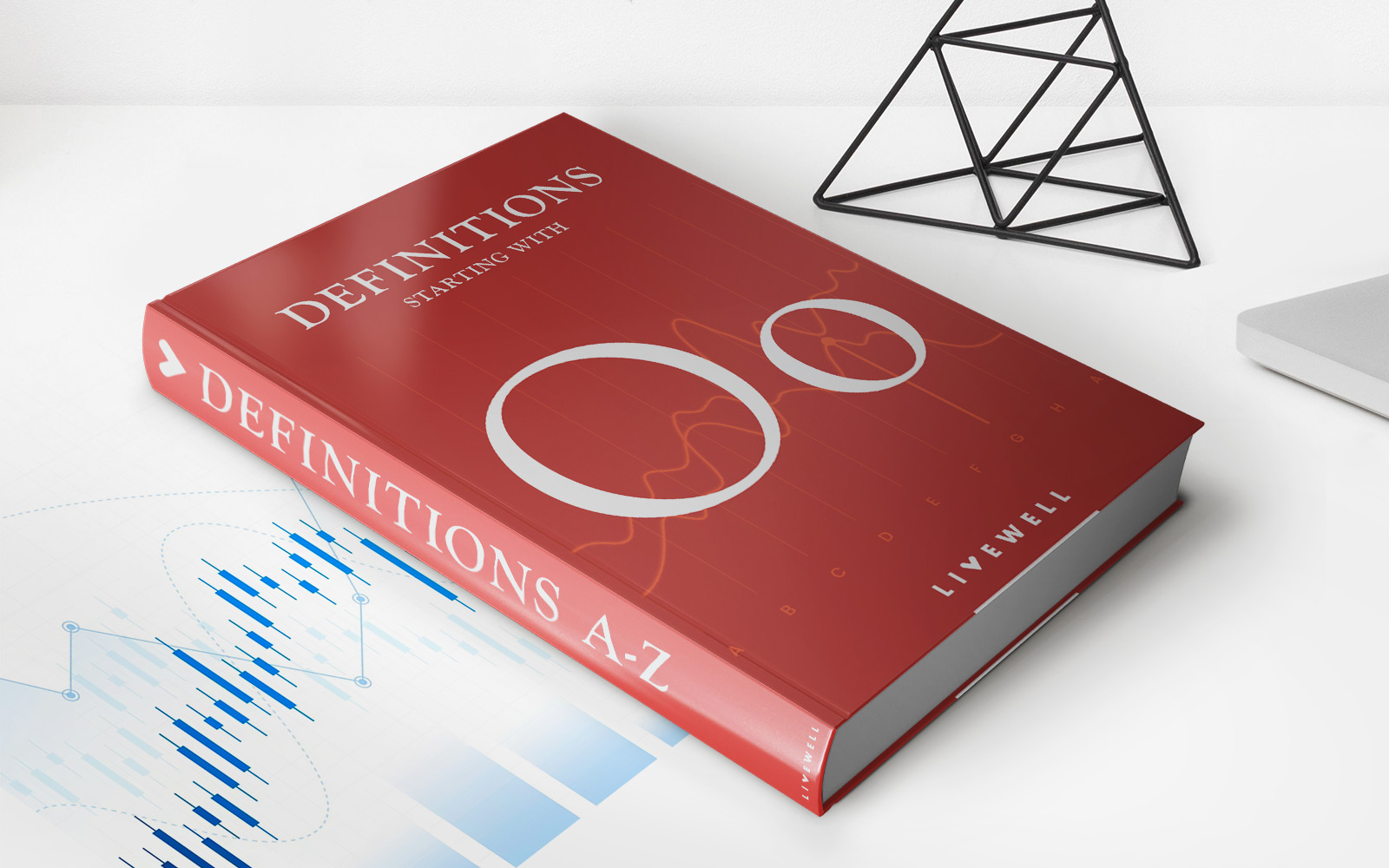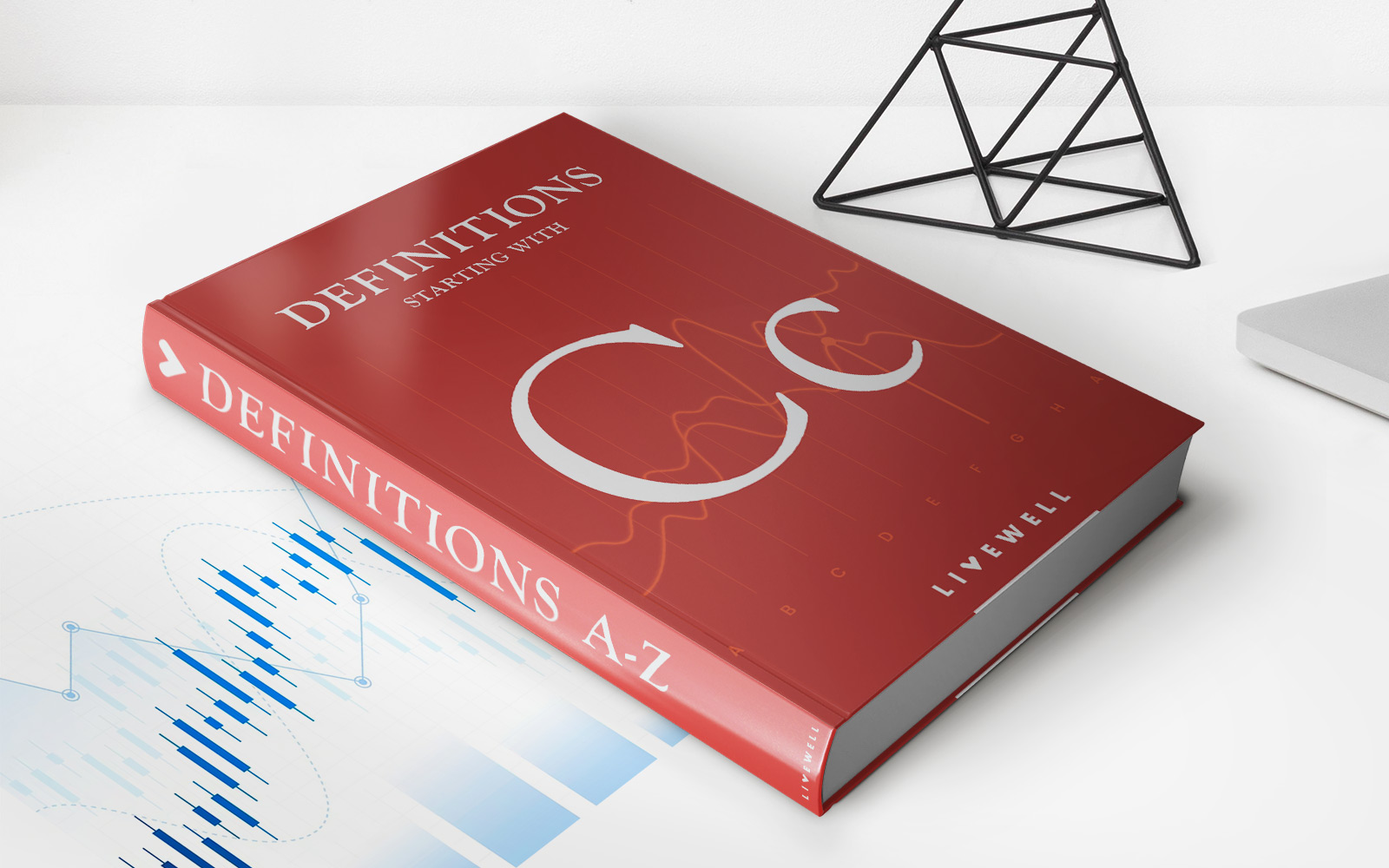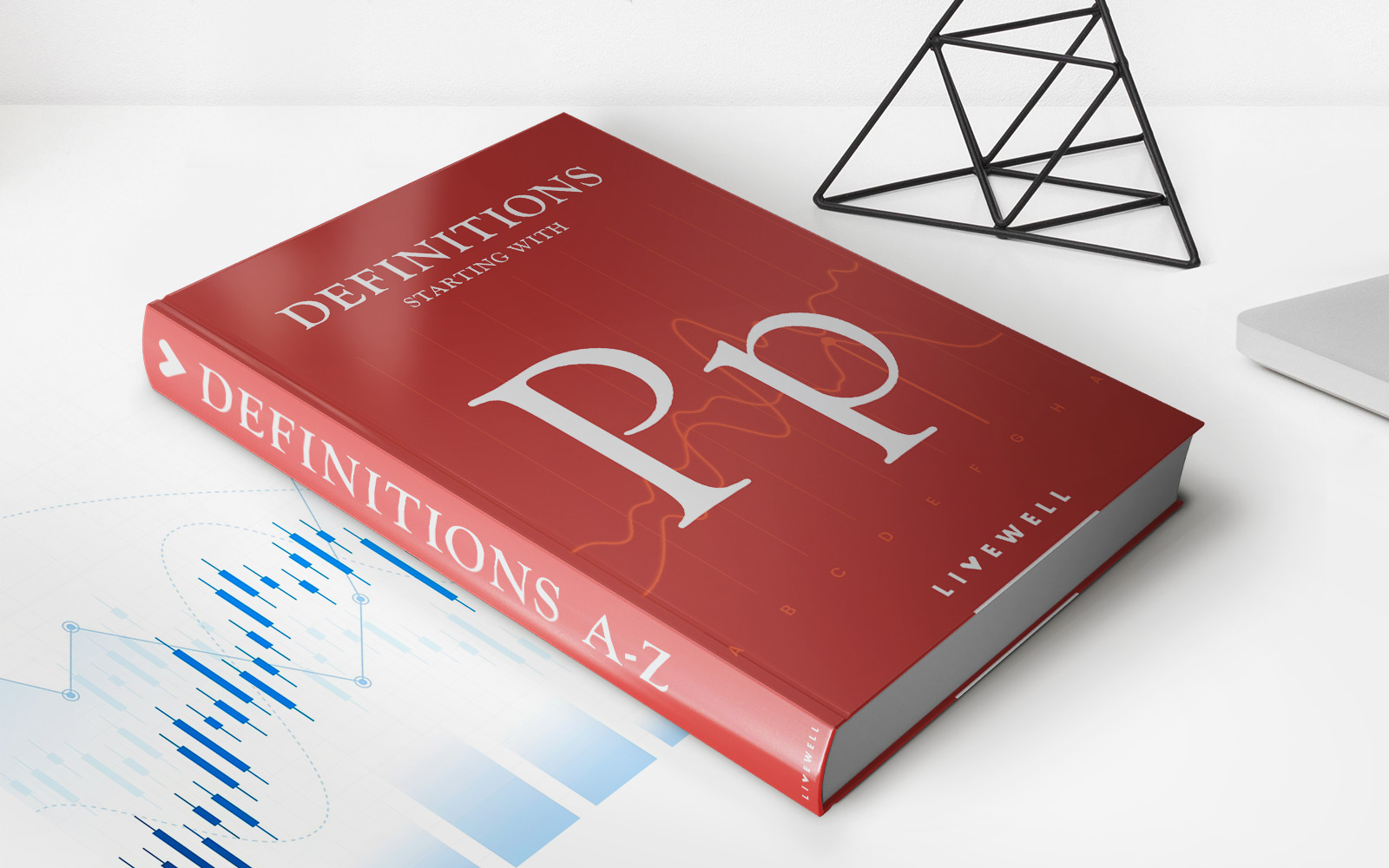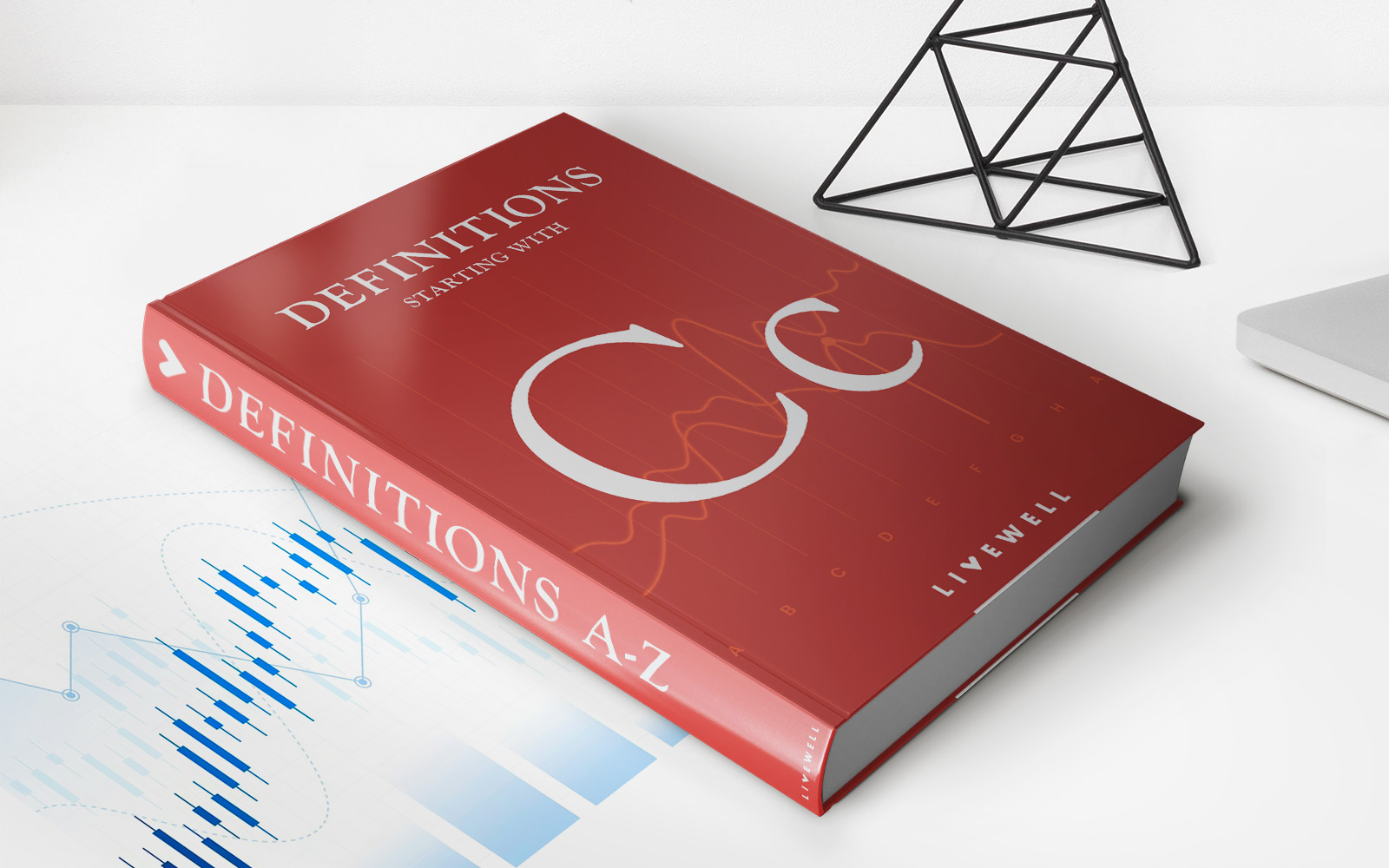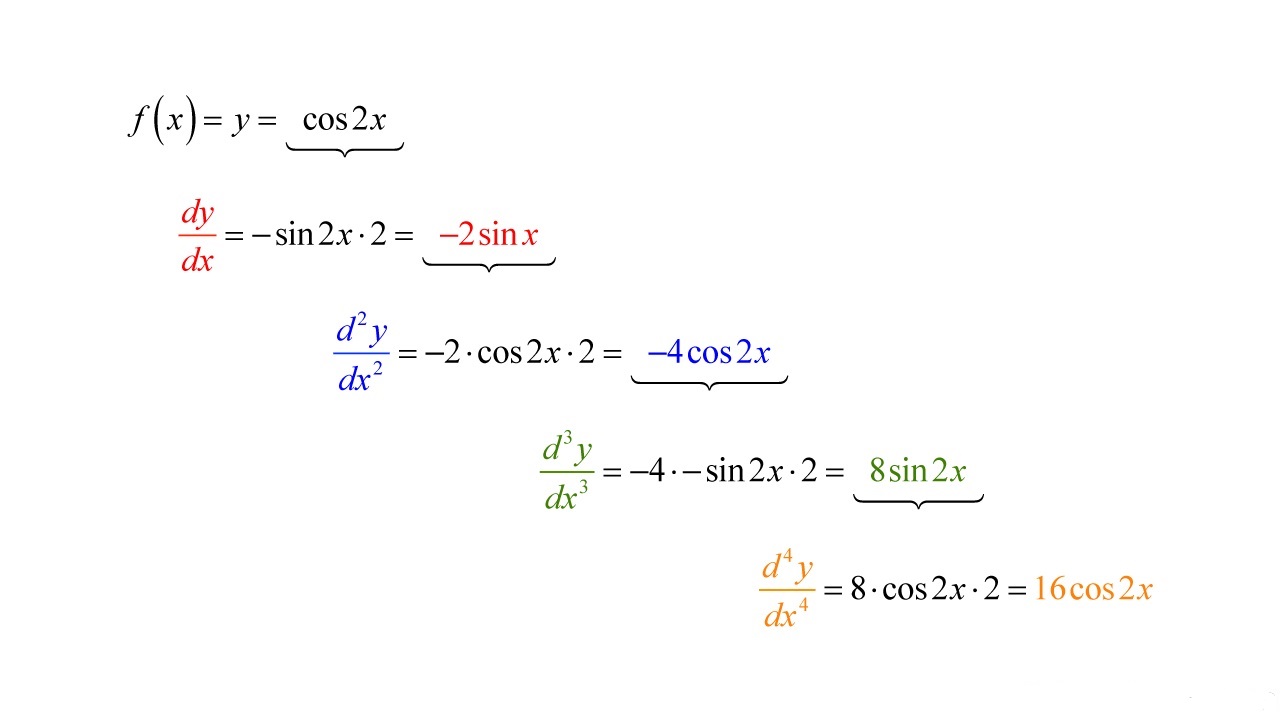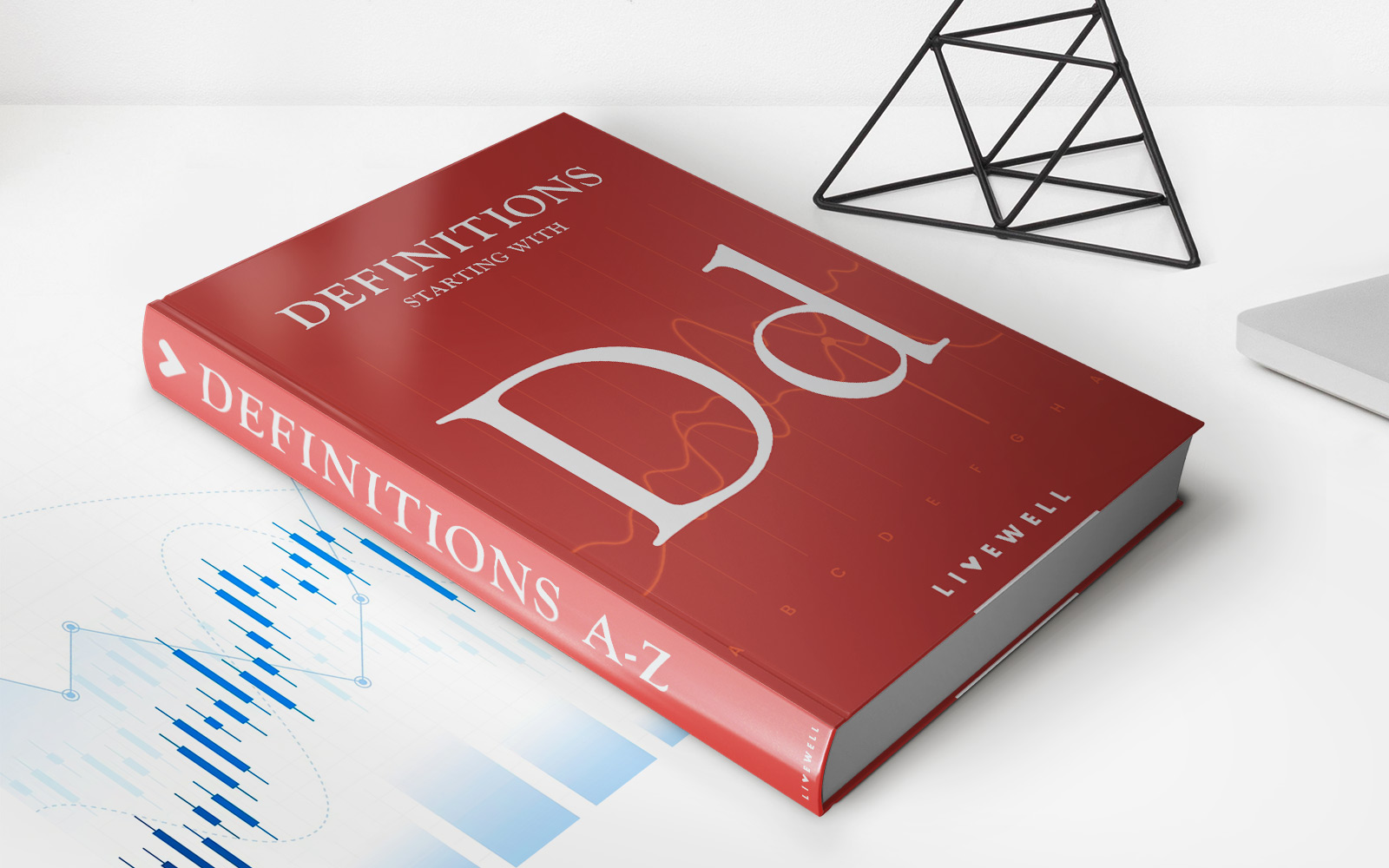Home>Finance>Hotelling’s Theory: Definition, How It Works, And History


Finance
Hotelling’s Theory: Definition, How It Works, And History
Published: December 6, 2023
Learn about Hotelling's Theory in finance, including its definition, how it works, and its fascinating history. Expand your knowledge of this important concept in just a few sentences.
(Many of the links in this article redirect to a specific reviewed product. Your purchase of these products through affiliate links helps to generate commission for LiveWell, at no extra cost. Learn more)
Hotelling’s Theory: Definition, How It Works, and History
Welcome to our finance category, where we explore various concepts and theories that shape the world of economics. In this blog post, we will delve into Hotelling’s Theory, a concept that offers valuable insights into resource allocation, market competition, and consumer behavior. We will explore the definition of Hotelling’s Theory, its working principles, and its fascinating history. So, let’s jump right in!
Key Takeaways:
- Hotelling’s Theory explains how firms in a market strategically position themselves to maximize profitability.
- The theory originated from Harold Hotelling’s research on spatial economics in the early 20th century.
What is Hotelling’s Theory?
Hotelling’s Theory, also known as the Hotelling’s Law, is an economic theory that describes how firms within a market choose their positioning to optimize profits. The theory proposes that firms in a differentiated market will locate themselves close to their competitors, rather than pursuing complete differentiation, leading to an equilibrium point where they are equally distributed along a line or in space.
The theory is based on the assumption that consumers have a preference for convenience and tend to choose products or services that are more accessible. Hotelling’s theory explains why, in many cases, we see similar businesses clustering together, such as fast-food restaurants, supermarkets, or shopping malls. It suggests that firms strategically choose to be near competitors to gain a share of the existing market instead of competing solely on product differentiation.
How Does Hotelling’s Theory Work?
To better understand how Hotelling’s Theory works, let’s consider an example. Imagine a beach with two ice cream stands – Stand A and Stand B – both selling delicious ice cream. The beach is a straight line, and visitors are evenly distributed along its length.
- Initially, Stand A sets up shop at the midpoint of the beach, assuming that it will serve half of the customers.
- However, Stand B realizes that if it sets up shop closer to Stand A, it can attract more customers who prioritize convenience.
- Stand B decides to move closer to Stand A, creating competition between the two stands for customers.
- Eventually, both stands reach a point where moving away from each other would result in losing customers to their competitor.
- This scenario creates an equilibrium where the two stands are maximally profitable by being located as close to each other as possible.
This example illustrates the basic premise of Hotelling’s Theory. Firms in a market strategically position themselves to maximize their market share by considering the preferences of consumers and the behavior of their competitors.
The History of Hotelling’s Theory
Hotelling’s Theory was developed by Harold Hotelling, an American mathematician and economist, in the early 20th century. Born in 1895, Hotelling made significant contributions to various fields, including mathematical economics and statistics.
In 1929, Hotelling published his seminal paper, “Stability in Competition,” which laid the foundation for Hotelling’s Theory. His research focused on spatial economics, analyzing how firms competing for a homogeneous market, such as ice cream stands on a beach, choose their optimal locations to maximize their market share.
Hotelling’s Theory has since been expanded and applied to various industries and markets, such as retail, restaurants, and even online platforms. It provides valuable insights into strategic decision-making, market equilibrium, and consumer behavior in both local and global contexts.
Wrapping Up
Hotelling’s Theory offers a compelling perspective on how firms strategically position themselves in a marketplace. Understanding this theory can provide valuable insights into resource allocation, competition, and consumer behavior. By recognizing the preferences of consumers and the positioning choices made by competitors, businesses can make informed decisions that allow them to thrive in a dynamic market environment.
So, whether you’re an entrepreneur, an economist, or simply interested in the fascinating world of finance, Hotelling’s Theory is a concept worth exploring.
